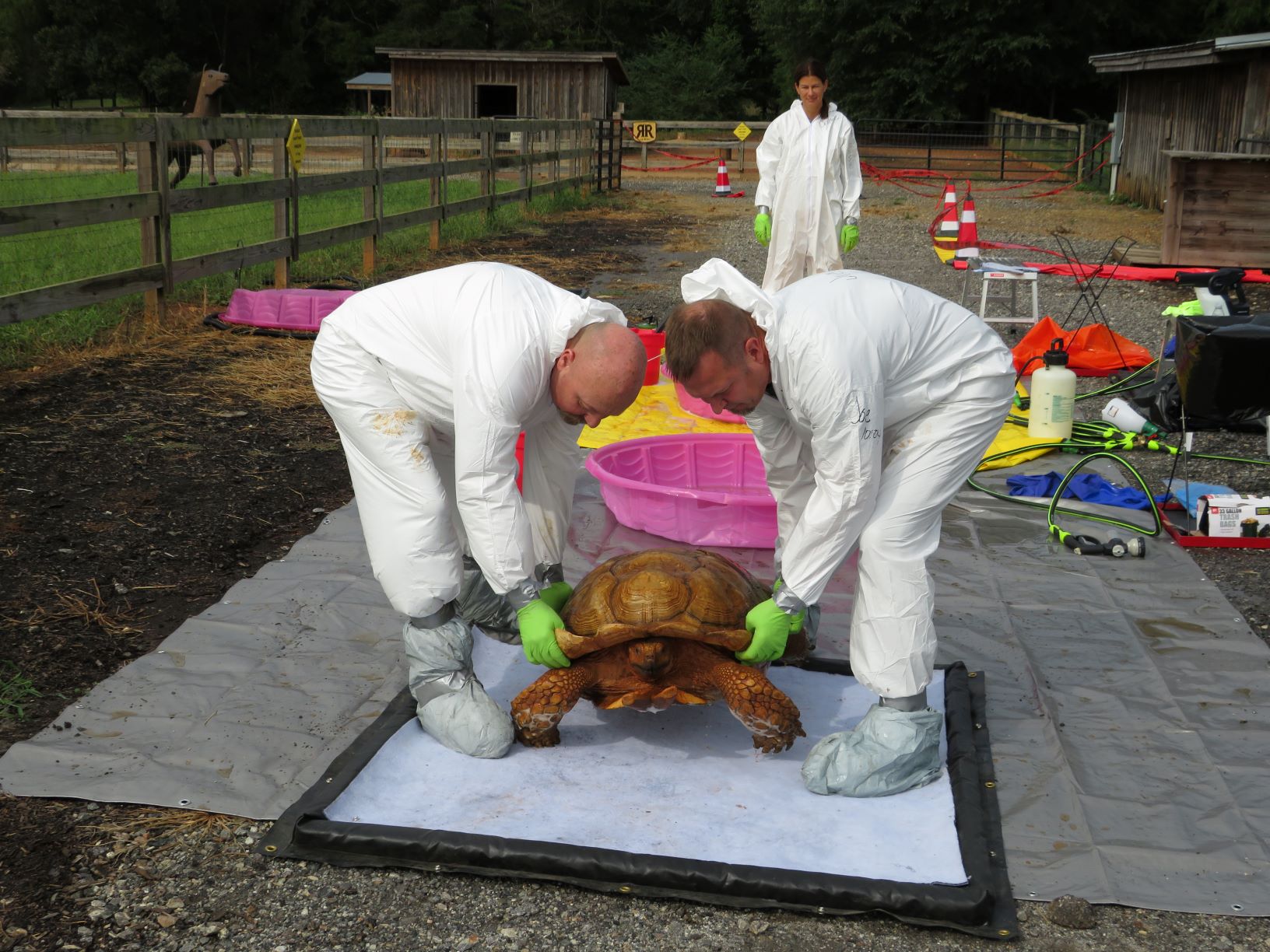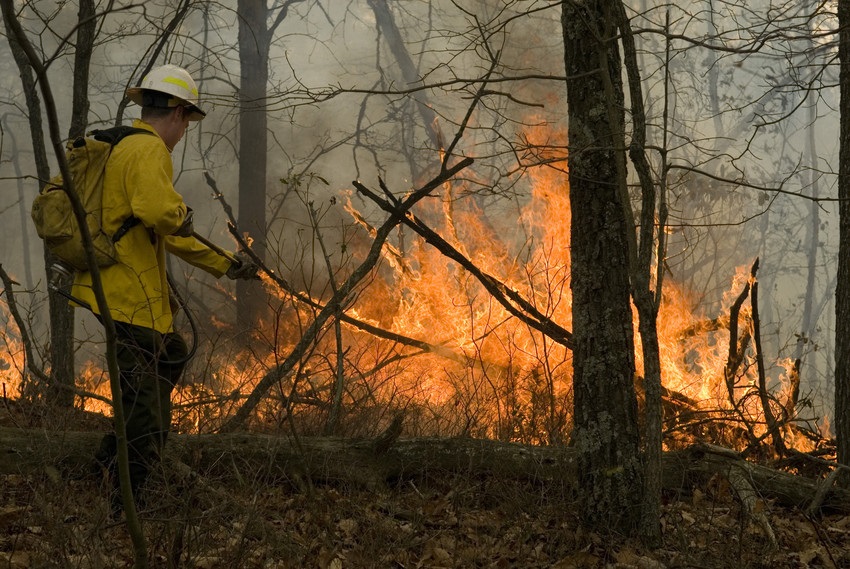Faculty from the University of Delaware’s Disaster Research Center can talk about a variety of topics related to Hurricane Idalia, which is expected to strengthen and slam into Florida’s Gulf Coast on Wednesday. Experts can provide insight into hurricane preparedness, sea-level rise,…
Tag: Disaster Response
UIC leads field study on home, water safety after Ohio chemical spill
A multi-university study will investigate the aftermath of the train derailment and subsequent chemical spill and fires in East Palestine, Ohio, to gain a better understanding of the impact that this event had on the community.
Why Ongoing Worker Safety Training Is Critical to Effective Disaster Response
Rutgers is part of a national network of institutions tasked with ensuring workers have the knowledge and skills to stay safe on the job.
Continual, clear, factual texting is key to first responder team success, UAH professor finds
First responder teams better grasp an emergency situation when they use continual, clear texting communication of factual information in a way that all members can understand, and that is key to a successful team response, according to new research at The University of Alabama in Huntsville (UAH).
Iowa State students learn disaster response during simulated tornado
After nearly two years of pandemic response, Iowa State University emergency manager Clayton Oliver is bringing his knowledge of and experience in disaster response to ISU students in an honors seminar. The students applied what they have learned in a simulated tornado disaster at a university apartment.
Disaster Response and Mitigation in an AI World
PNNL researchers are expanding PNNL’s operational Rapid Analytics for Disaster Response (RADR) image analytics and modeling suite to predict the path of fires, floods and other natural disasters, giving first responders an upper hand. The suite utilizes a combination of image-capturing technology (satellite, airborne, and drone images), artificial intelligence, and cloud computing, to not only assess damage but predict it as well.

Texas Tech Decontamination Wipe Finds New Use Helping Animals
FiberTectTM was conceived for military applications but has since expanded into oil spills and, now, animal operations.
Marco and Laura: Two storms join pandemic and ongoing recovery as crises in the Gulf of Mexico
The University of Delaware has several experts who can comment on disaster response and the challenge of dealing with multiple crises as two major storms churn simultaneously in the Gulf of Mexico. Jennifer Trivedi: Has a new book about the 15th…
Rensselaer Experts Available To Provide Perspective on Hurricane Season
With hurricane season already underway and projected to be active, communities throughout the U.S. are trying to balance disaster preparation amid an unprecedented public health crisis. While significant attention is rightly being given to COVID-19, leaders – especially those in communities along the coast – must plan for the possibility of dual disasters.
Researchers at Rensselaer Polytechnic Institute have extensive experience studying and responding to natural disasters and are available during this hurricane season to share their research and perspectives.
Researchers Create New Tools for Disaster Response Volunteers
In the wake of a disaster, many people want to help. Researchers from North Carolina State University and the University of Alabama have developed tools to help emergency response and relief managers coordinate volunteer efforts in order to do the most good.
Tourism, disaster response in the wake of deadly New Zealand volcano eruption
Tricia Wachtendorf, Director of the Disaster Research Center at the University of Delaware, can talk about hazard warnings, tourism and disaster response in the wake the deadly volcano eruption on White Island in New Zealand. Wachtendorf, who happens to be…

California fires: Virginia Tech experts on wildfire, smoke, disaster response, post-disaster recovery
Virginia Tech offers several interview opportunities with experts in wildfires, smoke and the impacts on health, resources for optimal disaster response, along with disaster resilience and disaster recovery. Our on-campus broadcast studio is able to connect radio and television via…